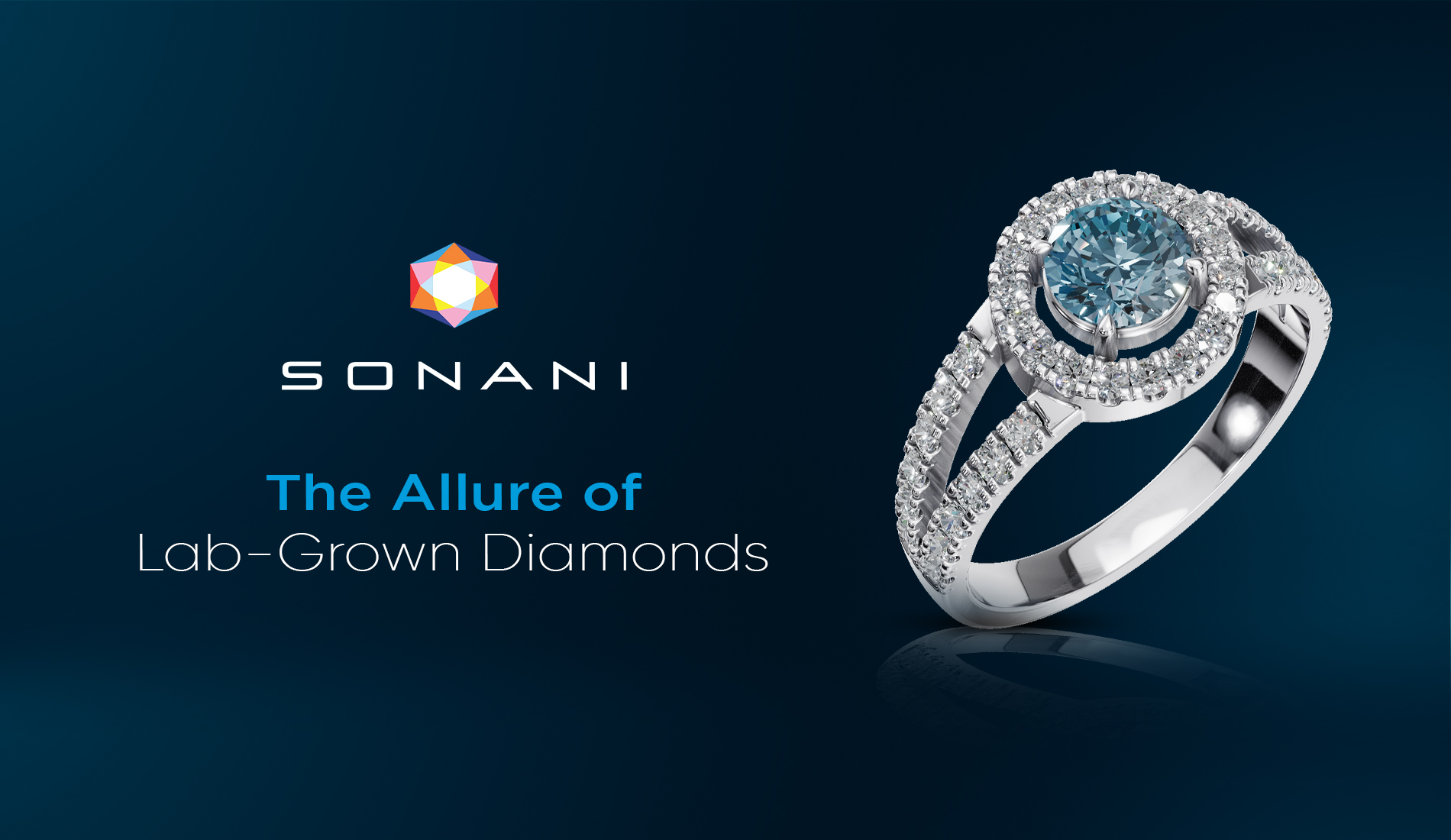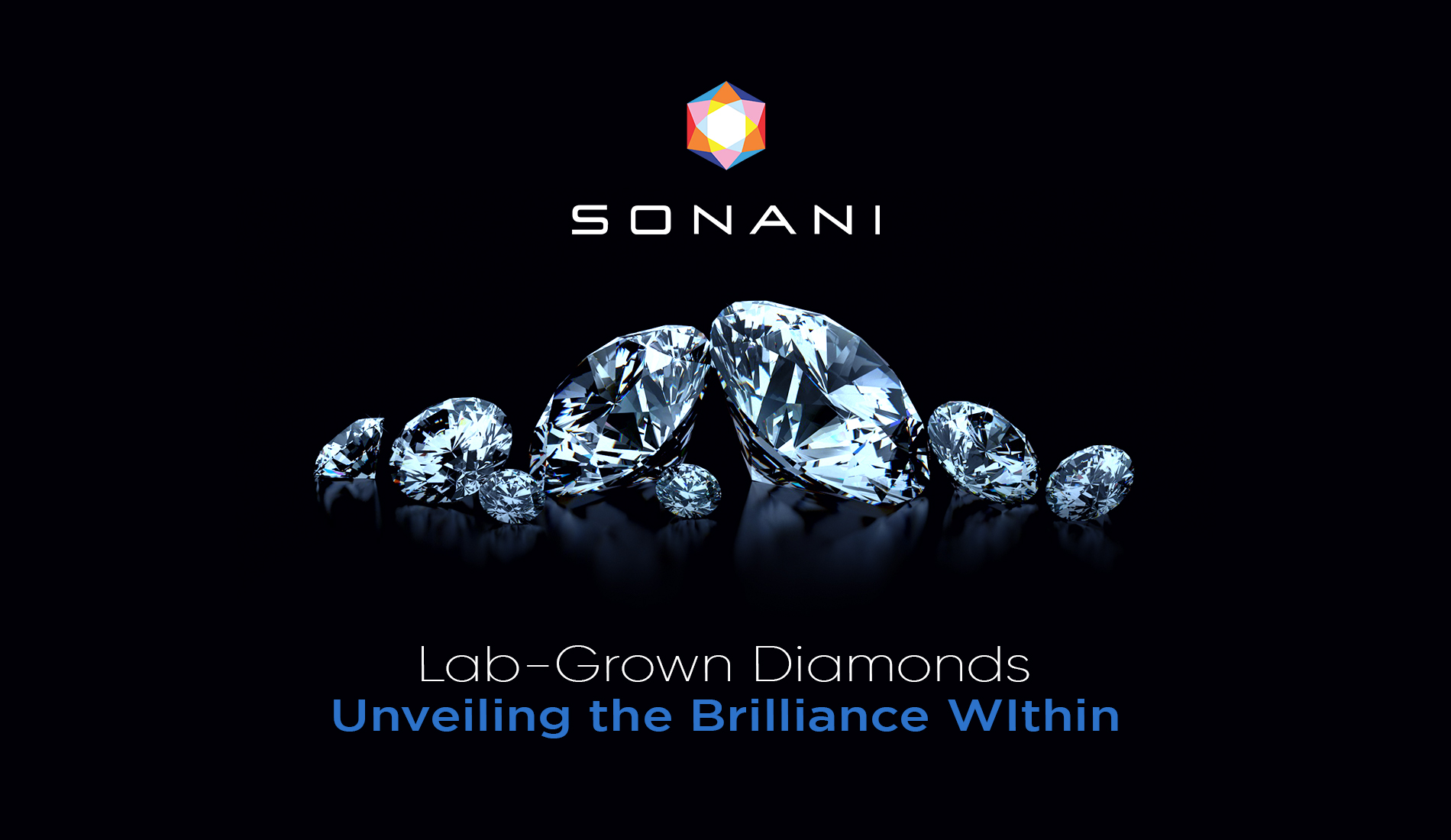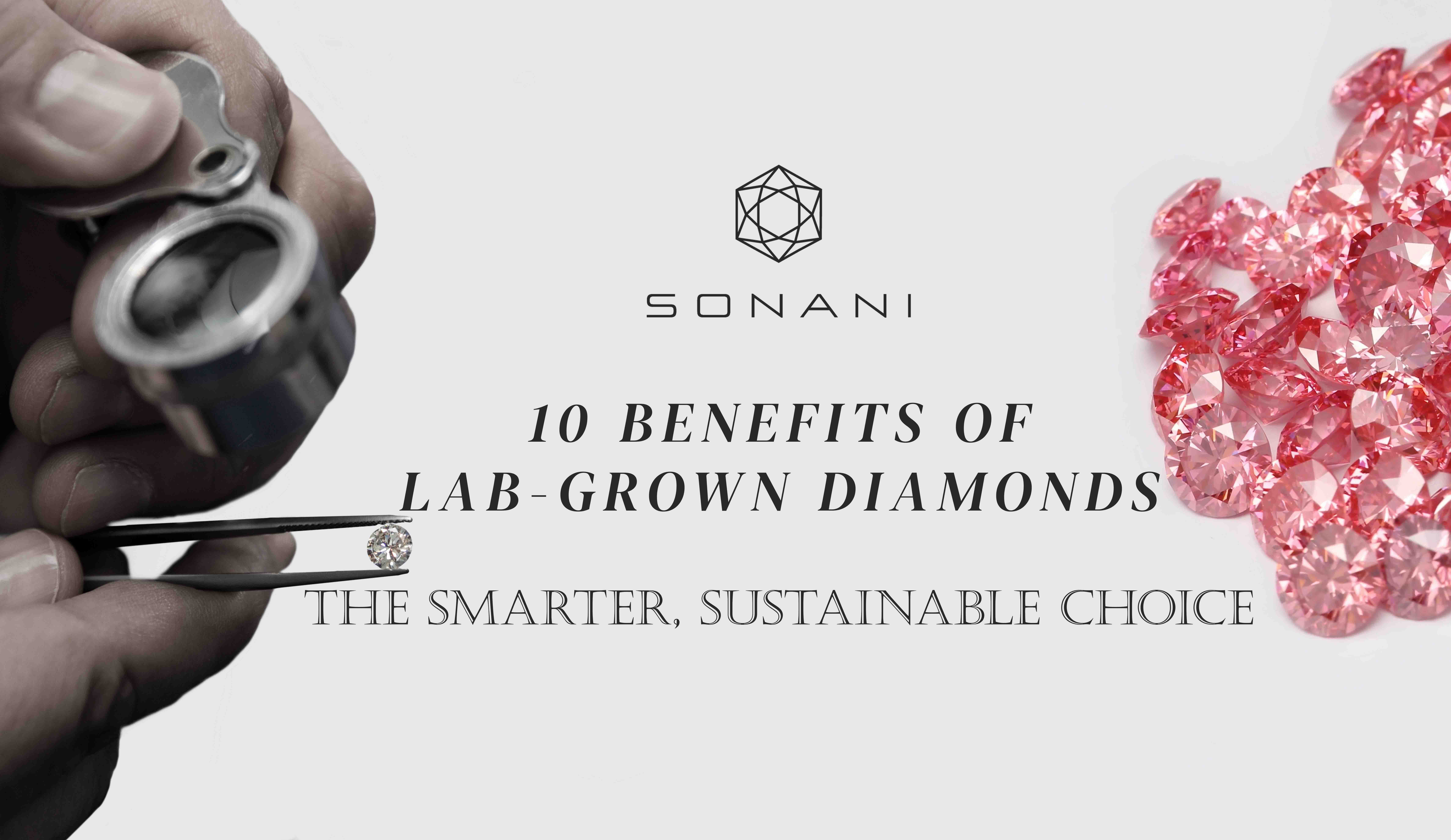Art of Creation Lab Grown Diamonds
Throughout centuries, humans have regarded diamonds as symbols of eternal love and luxury. Diamond formations occurred over thousands of millions of years in the deep trenches of our planet. Although through scientific advancements, scientists now generate diamonds in laboratories that provide both sustainable and ethical diamond options that match natural diamond qualities.
Lab grown diamonds were first made in the 1950s, but used for industrial work like cutting and drilling. Scientists developed them to meet the demand for super-hard materials used in cutting, grinding, and drilling. These early diamonds were unsuitable for jewellery, lacking the size and clarity needed for fine craftsmanship.
Over time, new technology helped scientists make more significant, transparent, and shinier lab-grown diamonds. With methods like Chemical-Vapour Deposition (CVD) and High-Pressure High-Temperature (HPHT), they could grow diamonds that looked as beautiful and strong as natural ones.
Today, lab grown diamonds are changing the jewellery industry. They sparkle just like mined diamonds but are more affordable and eco-friendly. Many people now choose them for rings, necklaces, and other jewellery, making lab grown diamonds a popular and wise choice.
Lab Grown Diamonds vs. Natural Diamonds: The Science
The science behind both jewels is worlds apart. While one takes a few weeks, the other may have taken millions of years.
Modern technology can execute a process to create lab grown diamonds within weeks. The production time spans weeks, but laboratory diamonds match natural diamonds in every chemical and physical aspect and perfect visual clarity.
Natural Diamonds
Natural diamonds are created from carbon atoms that undergo intense heat and pressure. Found deep inside the Earth and exposed to very high temperatures and pressures, often at depths of 150 kilometres or more, this intense heat and pressure cause the carbon atoms to arrange themselves into diamond crystals. The process takes over a million years, resulting in the beautiful diamonds we see today. The diamond formation process needs temperatures exceeding 1,000 degrees Celsius with 725,000 lbs per square inch of pressure.
The CVD Method: Precision via Heat & Gas
Chemical Vapour Deposition, or CVD, was developed by scientists before the 1950s. This method heavily differs from the HPHT technique. The idea behind CVD is to create jewels via carbon deposition on something known as the seed. CVD diamonds are preferred by jewellers due to their ability to create highly customisable jewellery.
Scientific research involving CVD requires a microdiamond seed to be placed inside a chamber. The chamber contains methane and hydrogen gases. The chamber reaches an 800°C temperature and converts the gases into plasma through this process. Under plasma conditions, carbon molecules attach themselves to the seed. The diamond grows an additional carbon layer. Experts can control size, shape, and colour characteristics by observing the diamond-growing process. Chemical Vapour Deposition (CVD) creates top-quality diamonds that preserve their natural appearance and gleam even though they are synthetically manufactured.
Characteristics of CVD Diamonds
CVD diamonds create perfect diamonds like those found in nature.
They can have similar defects as natural diamonds, e.g., internal defects.
Their flat, uniform growth makes them easier to cut into symmetrical shapes.
Jewellers prefer CVD diamonds for their high clarity and consistent quality.
The HPHT Method: Simulating the Earth’s Core
The High Pressure High Temperature (HPHT) method was the first proven method for creating diamonds in laboratories. Scientists developed it during the 1950s. This technique duplicates the conditions that exist at deep levels of our planet.
Lab-grown diamonds developed by HPHT methods start with a tiny diamond seed placed in a special chamber with carbon (the stuff diamonds are made of). The chamber is heated to very high temperatures (1,300°C–1,600°C) and squeezed with colossal pressure. This makes the carbon melt and stick to the seed, forming layers. The diamond grows slowly over several days or weeks. Once it’s ready, the chamber is cooled, and the diamond is taken out. Experts then cut and polished it to make it shiny and beautiful, just like the diamonds used in jewellery.
Characteristics of HPHT Diamonds
HPHT diamonds appear yellow or brown because of nitrogen contamination until modern production methods yield colourless specimens.
Special equipment can identify them because of their specific crystalline shapes.
Sonani Jewels have been trailblazers in crafting diamonds with the HPHT method. Since 2006, their parent company has worked on captivating collectors and conscious buyers alike with their precious creations. Browse our curated collections of lab-grown diamond rings and lab grown diamond earrings, crafted to perfection for every style and occasion.
The Cutting and Finishing Process
Once grown, lab-grown diamonds go through the same finishing steps as natural diamonds:
Cutting: Skilled artisans use lasers to shape rough diamonds into symmetrical forms to maximise their brilliance.
Polishing: They are carefully polished to achieve a sparkling finish after cutting.
Grading: Top gemological institutes like GIA (Gemological Institute of America) and IGI (International Gemological Institute) use a grading scale the same as the ones they use for natural diamonds. They assess the cut, colour, clarity, and carat weight.
The Market Shift: The Rise of Lab-Grown Diamonds
Lab-grown diamonds offer traceable origins, giving buyers confidence with certifications indicating the lab where they were produced. They are eco-friendly, using 7 times less water and creating 20 times less air pollution than mined diamonds—without destructive mining. Lab-grown diamonds are also 30–40% more affordable, making larger, high-quality stones accessible at lower prices.
Control over its production process allows jewellers to create unique cuts, colours, and styles, offering customers design flexibility. Lab-grown diamonds are a sustainable and stylish choice for modern jewellery aficionados with their ethical sourcing, lower environmental impact, and creative possibilities.
The Rising Star of The Jewellery Market: Lab Grown Diamonds
The jewellery industry is transforming itself with continuous innovations. The diamond industry now produces ethically sourced, environmentally friendly diamonds in a lab! The development of technology will only strengthen the position of lab grown diamonds in transforming luxury standards and ethical consumer behaviour.
Lab-grown diamonds perfectly align with consumers who want beauty without ethical dilemmas, representing modern science and artistry at its best.
The diamond mastery of Sonani Jewels spans over three decades as we transform luxury through our lab-grown diamond jewellery. Traditional precision and innovation guide our creators in Surat's heart when building each piece. Sustainable elegance exists for conscious buyers who seek these products. All diamonds at our labs receive personalised attention throughout the production process.
Frequently Asked Questions(FAQ)
Surat is home to the most extensive lab grown and natural diamond manufacturers. Sonani Jewels offers ethically sourced, bespoke, lab grown diamond jewellery to celebrate your special moments.
Lab-grown diamonds are chemically, physically, and optically identical to natural diamonds. The only difference is their origin?natural diamonds take millions of years to form. In contrast, lab-grown diamonds are created in weeks using HPHT or CVD technology. They are more sustainable and conflict-free.
There are 2 methods used to produce lab grown diamonds. CVD (Chemical Vapor Deposition) diamonds are high-clarity, customisable, and have fewer impurities. Many luxury jewellers prefer CVD diamonds for their precision and purity. HPHT (High-Pressure High-Temperature) often produces slightly yellowish stones due to nitrogen exposure.
Leading gemological institutes like GIA (Gemological Institute of America) and IGI (International Gemological Institute) certify lab-grown diamonds using the same standards as natural diamonds?grading them on the 4Cs: the cut, colour, clarity, and carat weight.
Absolutely! Custom lab grown diamond jewellery is a rising trend in luxury markets. Sonani Jewels utilises virtual design tech to help clients visualise and design bespoke diamond rings, necklaces, and earrings?offering unique cuts, colours, and settings tailored to your style.




